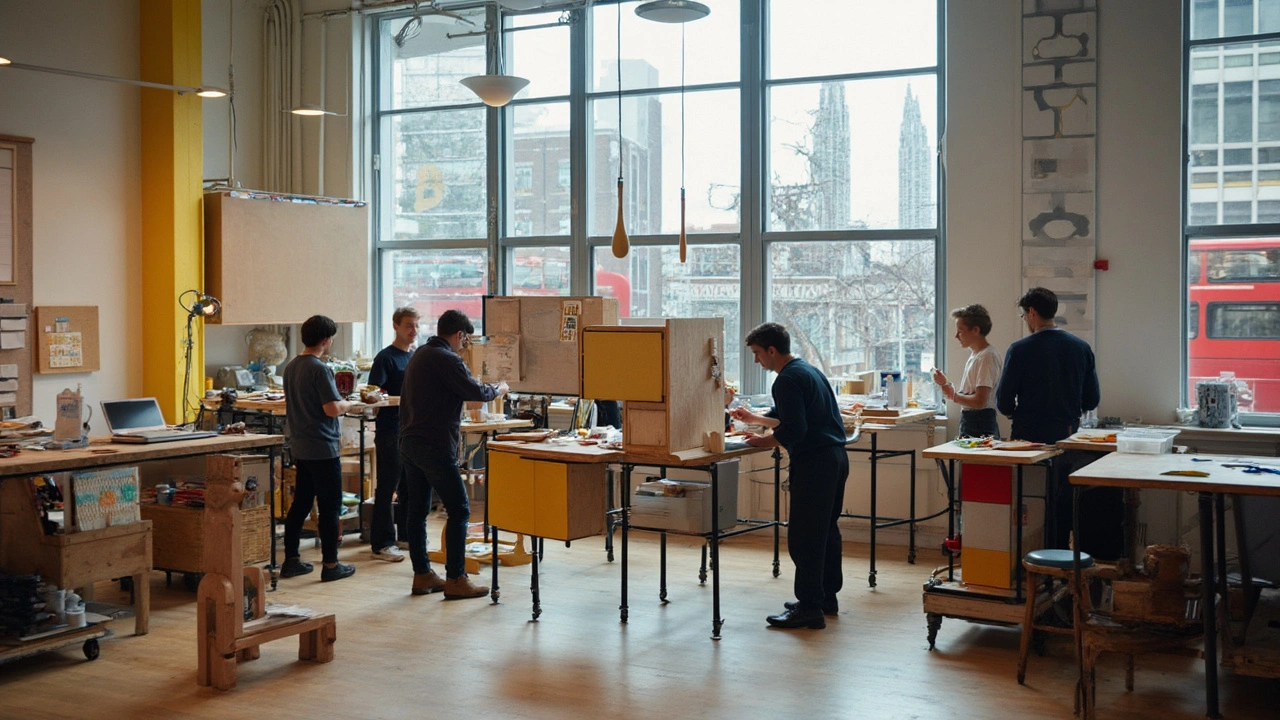Form Follows Function: Design Made Simple
When a piece looks good because it works well, you’ve hit the sweet spot of "form follows function." This idea isn’t just for architects – painters, tattoo artists, and even game designers use it. It means every line, curve, or color has a reason beyond decoration.
Why Function Drives Form
Think about a chair. If the seat is too thin, it fails its job no matter how stylish it looks. The same rule works for a Bauhaus lamp – clean shapes exist to spread light efficiently. Artists like the Abstract Expressionists let emotion guide brushstrokes, but they still consider how the canvas size and texture affect the viewer’s experience.
In tattoo art, the shape of a motif follows where it sits on skin. An Art Nouveau floral design wraps around muscles so the flow feels natural. The principle keeps designs from looking forced and helps them age well.
Everyday Ways to Use the Principle
Start by asking what the piece needs to do before picking a style. Want a home office desk that holds a laptop, books, and a lamp? Choose simple legs and a sturdy top – then add a splash of color if you like.
When choosing wall art, look at how the colors interact with room lighting. A photorealism painting works best near a bright window because its detail shines under natural light.
Even in digital games, futurist designers match UI layout to player actions. Buttons sit where fingers naturally rest, and visual cues guide you without clutter.
For DIY projects, sketch the function first. A bookshelf that fits an oddly shaped corner should follow those angles before deciding on wood grain or paint.
Artists can experiment by stripping away extra details. Try a minimalist version of a classic motif and see if the core idea still hits. If it does, you’ve captured form following function.
Remember, good design doesn’t sacrifice comfort for looks. It blends purpose with visual appeal so each element feels inevitable.
Next time you pick up a paintbrush, sketch a chair, or browse a new game, ask yourself: "What does this need to do?" Then let that answer shape the final look. That’s how the timeless rule of form follows function keeps art and design relevant every day.

